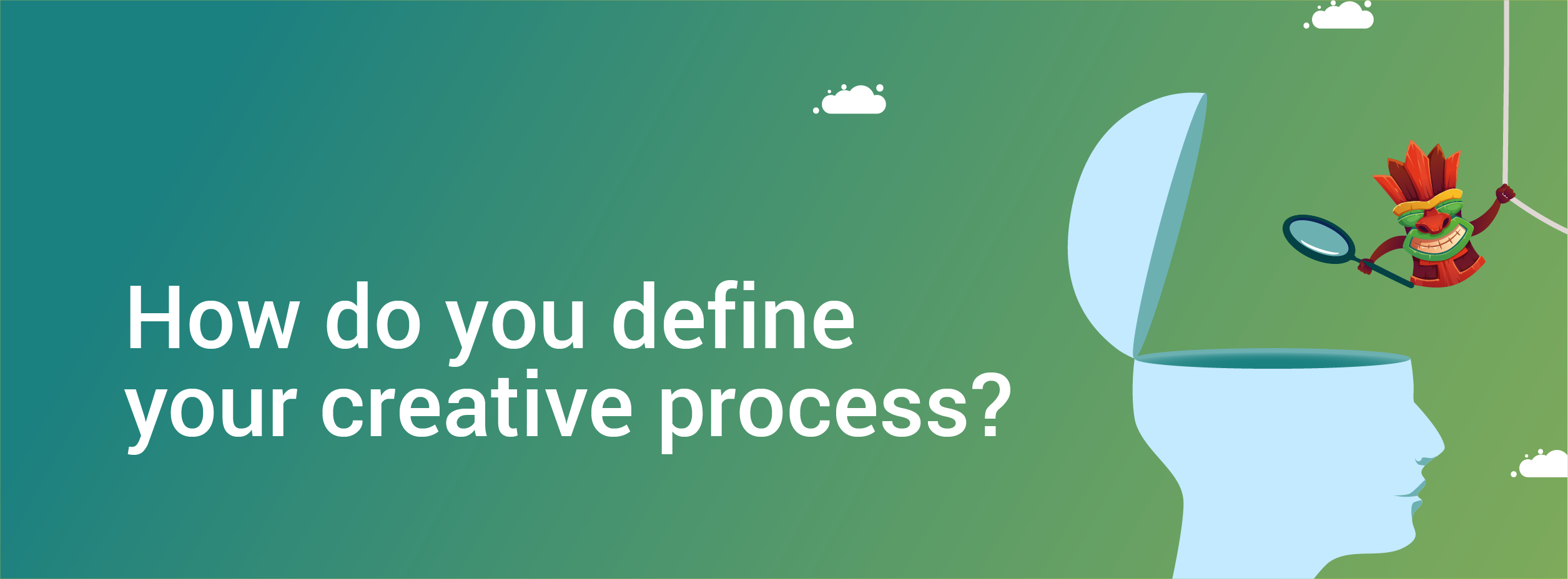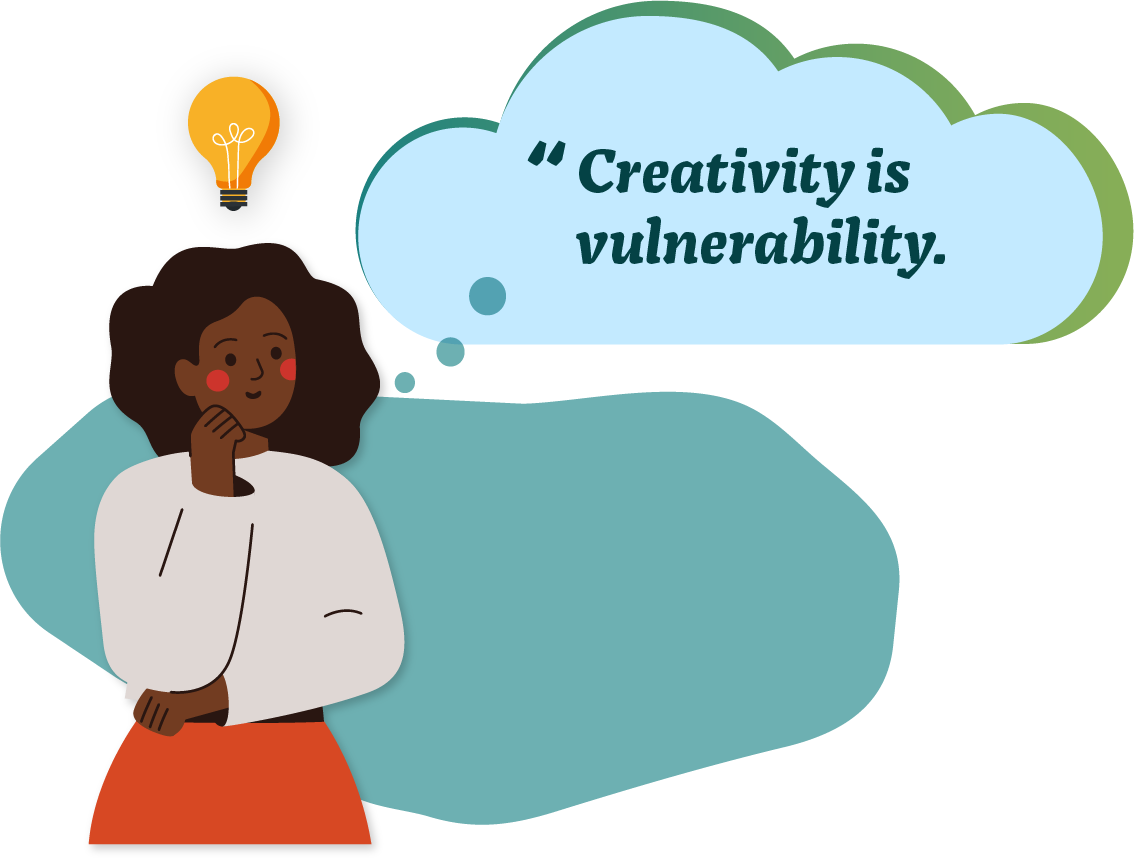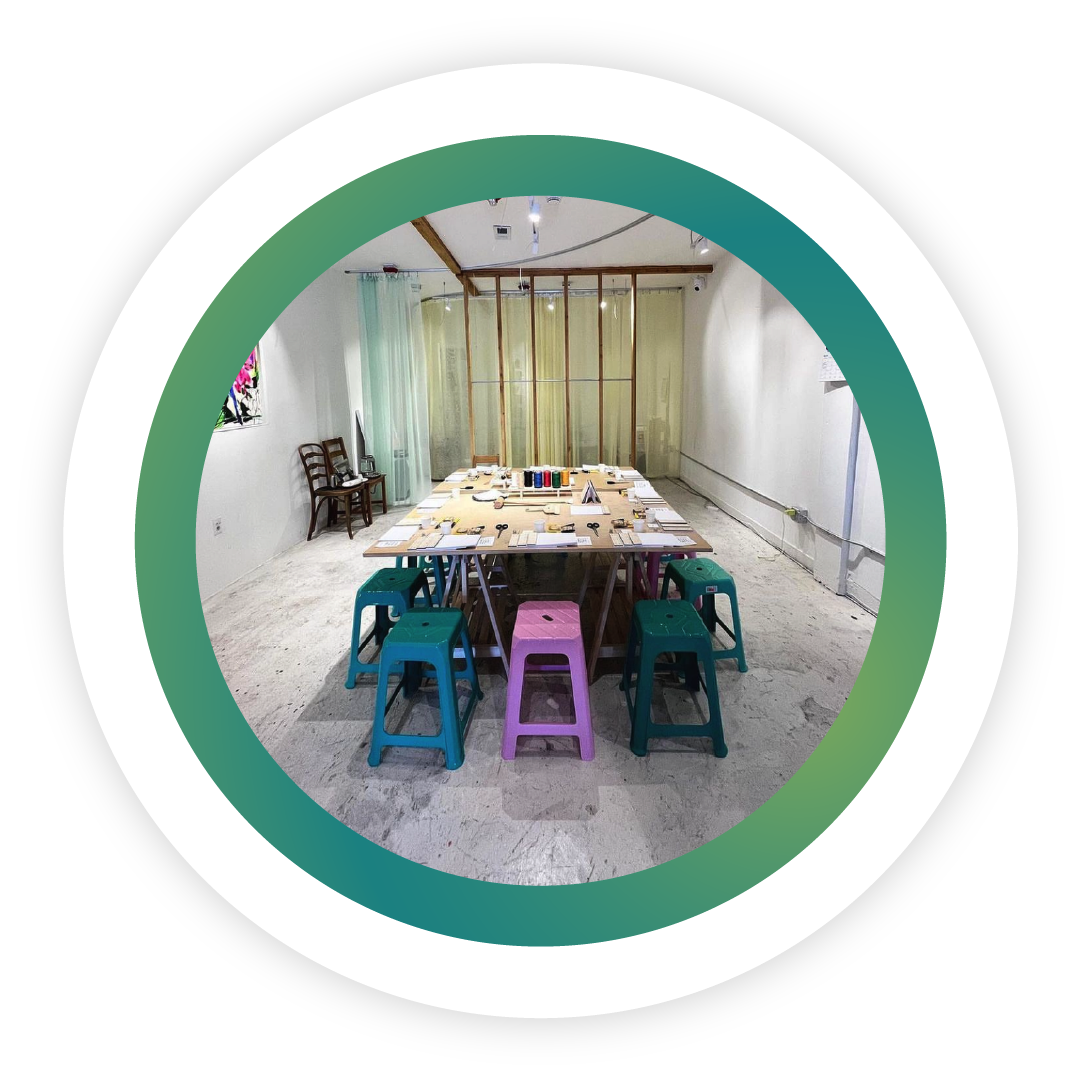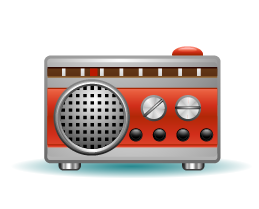
I’ve struggled to define and to find creativity. I was never the skilled artist or the crafty person. My homemade birthday cards included scribbly stick figures in blue ballpoint pens found in the kitchen junk drawer.

This is not to say I did not admire art, but I didn’t think that I would be able to fit into any sort of artistic category. I could see the emotional expression that creating allowed for, but I didn’t realize that it might be taxing. I found myself being drawn to laundry (scientifically the worst chore), instead of practicing creativity.
Maybe I was attempting to force the issue. But when I allow my mind to wander, I find that creativity is more accessible and, simply put, natural. Without that realization, I would not have been able to pursue any sort of creative career path.
Understanding Creativity
I share this now as a graphic designer. As someone that designs for a specific audience or client, and not necessarily to satiate my own creative needs, it is more important than ever to cultivate a mindset that desires creativity both in and out of the office.
For me, restraint can be the enemy of creativity. In my experience, fruitful brainstorming (aided by uninhibited thought) and the ideas and outcomes that result bolster creativity in ways that are often surprising. This is a vulnerable space for someone to exist in.
Restraint is often self-imposed. Whether this is conscious or not, I believe it aligns with other acts of self-preservation. Inhibited thought is easier because it feels safer.
This can be addressed through reflection which is most effective for me when I examine my mind from an external point of view. Sometimes this can be achieved through journaling, but this can also be achieved through collaborative, more intimately connected, creative spaces.
Because creativity is also vulnerability, it is easy and comfortable to remain in your own creative silo.
But, to me, creativity is defined by reflection and by connection. Connection drives my artistic consumption and curation.
So, how do I enhance my creativity based on my definition of it? And, how might one approach creativity when this digital age often influences creative isolation?

Finding Creativity
Both the presence and absence of design and artistic expression can be observed on a single social media feed. In efforts to generate meaningful content in this sphere, creative individuals and networks continue to take shape. I believe these cohorts will help guide individuals out of their isolated creativity and into a marketplace of creative ideas that embrace vulnerability.
In the spirit of supporting creative inspiration and curation, I’ve made a list of creative networking and Bay Area co-working spaces that value this exploration and foster creative thought.
I’ve struggled to define and to find creativity. I was never the skilled artist or the crafty person. My homemade birthday cards included scribbly stick figures in blue ballpoint pens found in the kitchen junk drawer.

This is not to say I did not admire art, but I didn’t think that I would be able to fit into any sort of artistic category. I could see the emotional expression that creating allowed for, but I didn’t realize that it might be taxing. I found myself being drawn to laundry (scientifically the worst chore), instead of practicing creativity.
Maybe I was attempting to force the issue. But when I allow my mind to wander, I find that creativity is more accessible and, simply put, natural. Without that realization, I would not have been able to pursue any sort of creative career path.
Understanding Creativity
I share this now as a graphic designer. As someone that designs for a specific audience or client, and not necessarily to satiate my own creative needs, it is more important than ever to cultivate a mindset that desires creativity both in and out of the office.
For me, restraint can be the enemy of creativity. In my experience, fruitful brainstorming (aided by uninhibited thought) and the ideas and outcomes that result bolster creativity in ways that are often surprising. This is a vulnerable space for someone to exist in.
Restraint is often self-imposed. Whether this is conscious or not, I believe it aligns with other acts of self-preservation. Inhibited thought is easier because it feels safer.
This can be addressed through reflection which is most effective for me when I examine my mind from an external point of view. Sometimes this can be achieved through journaling, but this can also be achieved through collaborative, more intimately connected, creative spaces.
Because creativity is also vulnerability, it is easy and comfortable to remain in your own creative silo.
But, to me, creativity is defined by reflection and by connection. Connection drives my artistic consumption and curation.
So, how do I enhance my creativity based on my definition of it? And, how might one approach creativity when this digital age often influences creative isolation?

Finding Creativity
Both the presence and absence of design and artistic expression can be observed on a single social media feed. In efforts to generate meaningful content in this sphere, creative individuals and networks continue to take shape. I believe these cohorts will help guide individuals out of their isolated creativity and into a marketplace of creative ideas that embrace vulnerability.
In the spirit of supporting creative inspiration and curation, I’ve made a list of creative networking and Bay Area co-working spaces that value this exploration and foster creative thought.













